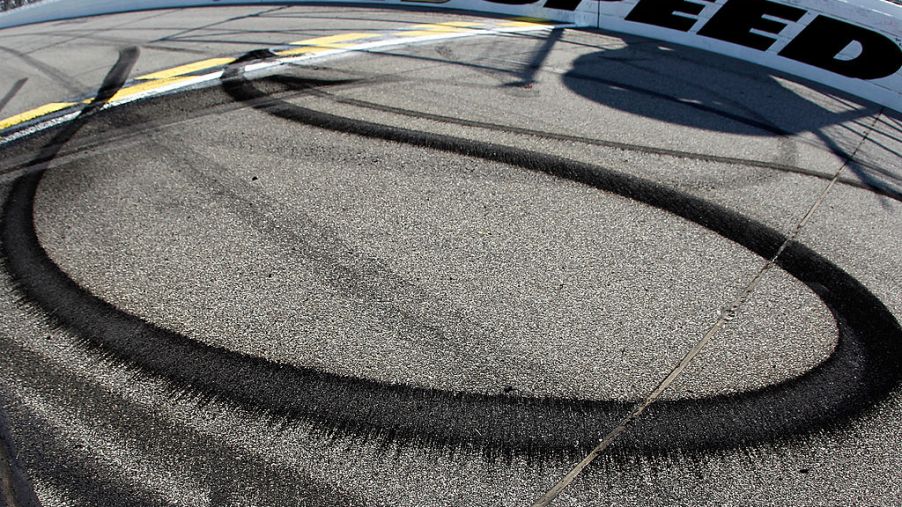
Tires Pollute 1000 Times More Than Exhaust-Study Finds
Wow, we didn’t expect to see this. A company called Emissions Analytics released a study that found on an average “family hatchback” the tires, brakes and road surface produced 1,289 times more particulates than exhaust. It did the test to determine how much non-exhaust emissions (NEEs) the car generated. The breakdown of the combined tires, brakes, and road surface produced 5.8 grams of NEE particulates. Cars are allowed 0.0045 grams-per-kilometer of exhaust particulates. And, the company cautions these figures are probably conservative.
The study was conducted under ideal conditions not like how we actually drive
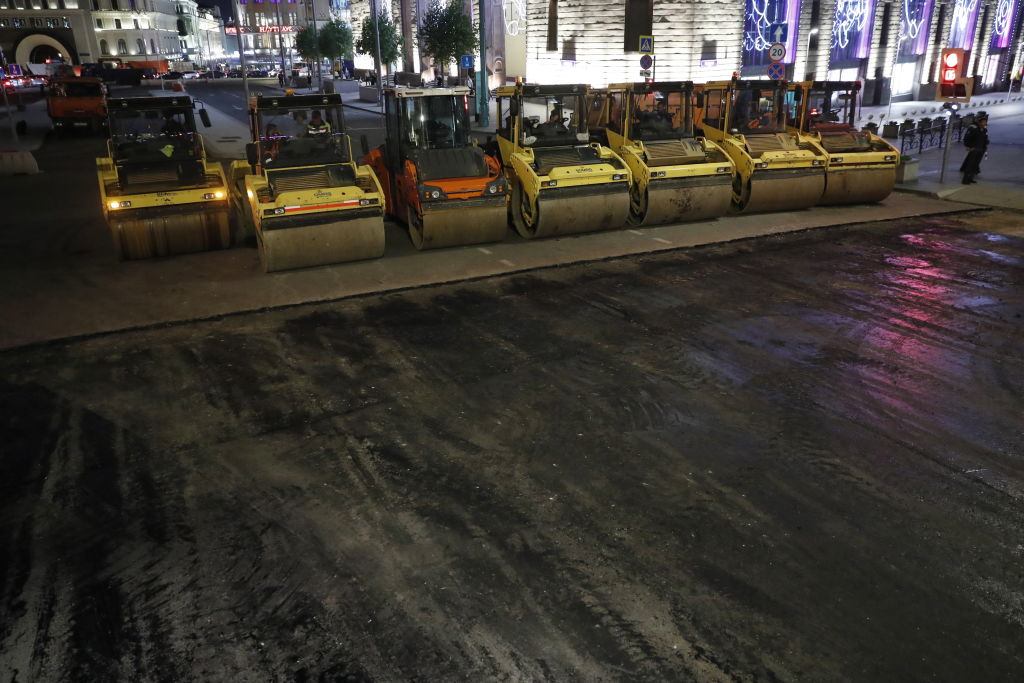
The tests by the British company were conducted with properly inflated new tires on smooth pavement. With real-world conditions, the results could be higher. Under-inflated tires and rough roads being more the norm, the particulate emissions could be much more profound. Trucks are a whole other concern.
“It’s time to consider not just what comes out of a car’s exhaust pipe but particle pollution from tire and brake wear,” says Richard Lofthouse with Emissions Analytics. “Our initial tests reveal that there can be a shocking amount of particle pollution from tires. It’s 1,000 times worse than emissions from a car’s exhaust. What is even more frightening is that while exhaust emissions have been tightly regulated for many years tire wear is totally unregulated. With the increasing growth in sales of heavier SUVs and battery-powered electric cars, NEEs are a very serious problem.”
As SUVs and pickup use increases how much more damage will they cause?
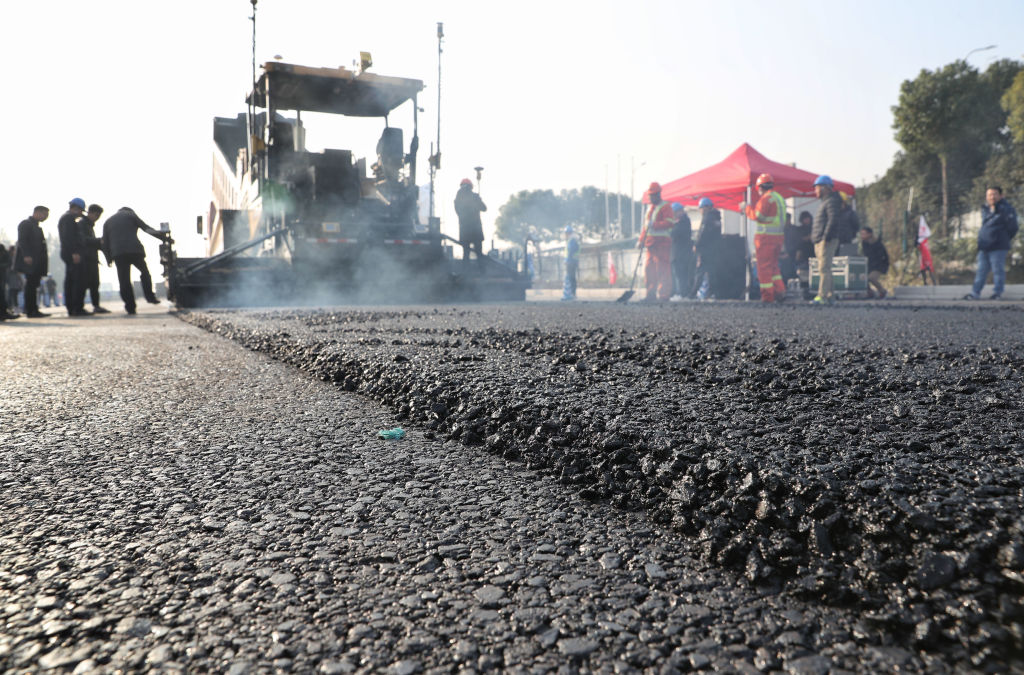
Experts attribute 73% of PM10 emissions (particles smaller than 10 microns) generated by vehicle travel to NEEs. As the popularity of SUVs and pickups increases, combined with decaying infrastructure we are facing an unknown pollution problem. Especially with deteriorating streets wouldn’t it be great if this problem was forced to be corrected due to emissions concerns? We say, “whatever it takes.”
The Trump administration has floated a $1 trillion infrastructure plan every year since taking office. Nothing has happened so far. Maybe pollution concern studies like this and others might force this administration’s plans, or the next of there’s a change in November.
Tires are also a leading cause of microplastic pollution
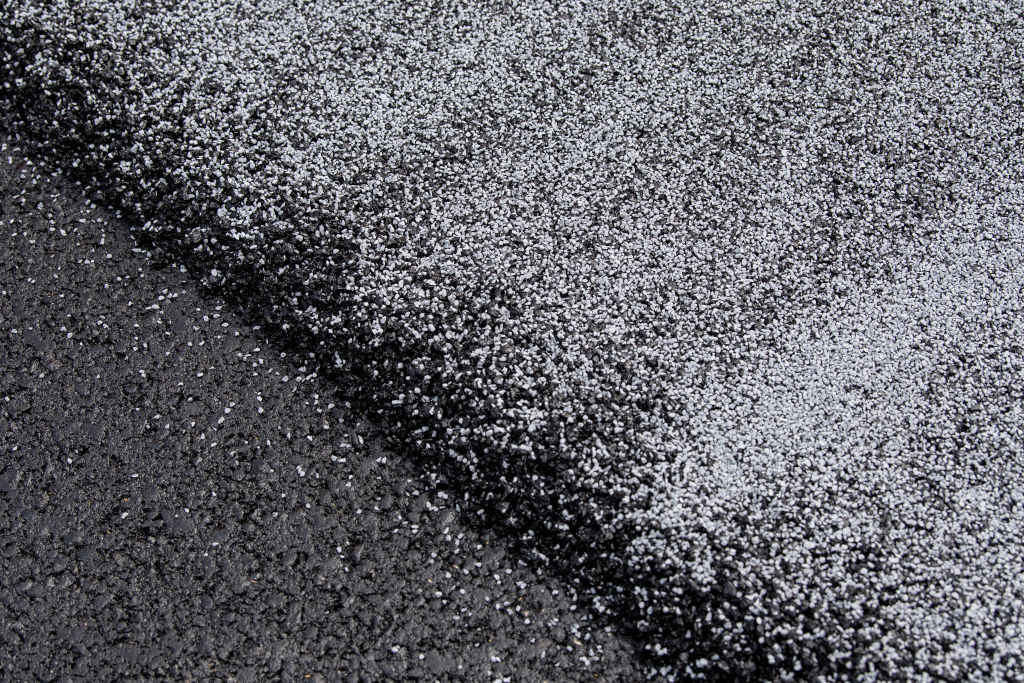
We’ve known for a while that tires are the biggest source of microplastic pollution in California coastal waterways. Microplastic is defined as fragments of plastic less than five mm in length. That’s about the size of a sesame seed. The results of a three-year study found seven trillion pieces of microplastics wash into the San Francisco Bay each year. Most of this was from tire deposits on surrounding streets.
Unfortunately, right now there is no uniform way of testing for microplastics like there is for emissions particulates. Sample collecting, processing, analysis, and reporting are all left up to regional and independent testing. Once the damage caused by tire wear from both particulates and microplastics is given more attention the sooner there might be a process for analyzing. That could then lead to solutions to the problem.
Both tire and road surface compositions will have to be changed
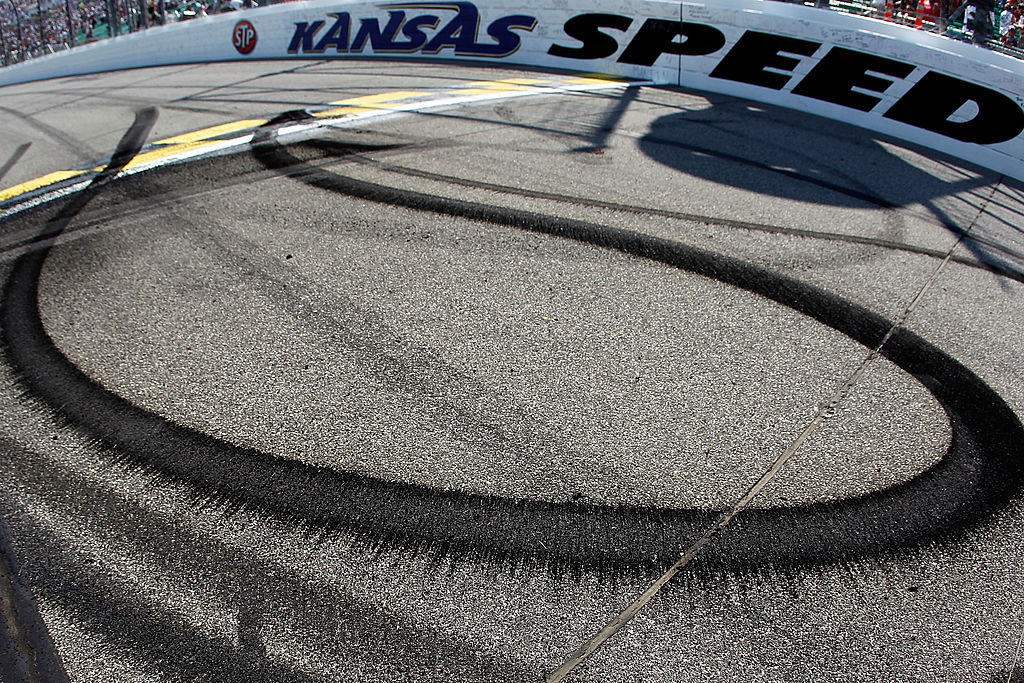
Different materials or compounds will be necessary to move away from the current tire compositions. That may also apply to road surfaces. Ground-up tires combined with other materials is fast becoming the preferred material for laying down road surfaces. How will this latest news affect this latest practice? Is using ground tires in the matrix of roads adding to the particulate count?
No one has the answers right now but this is a whole new world of investigation and federal mandates that will come down the pike in the future.



